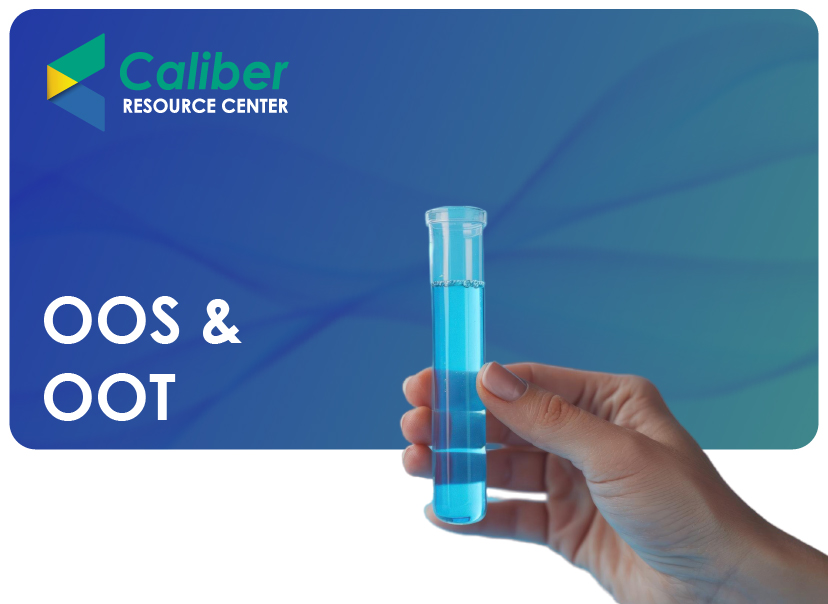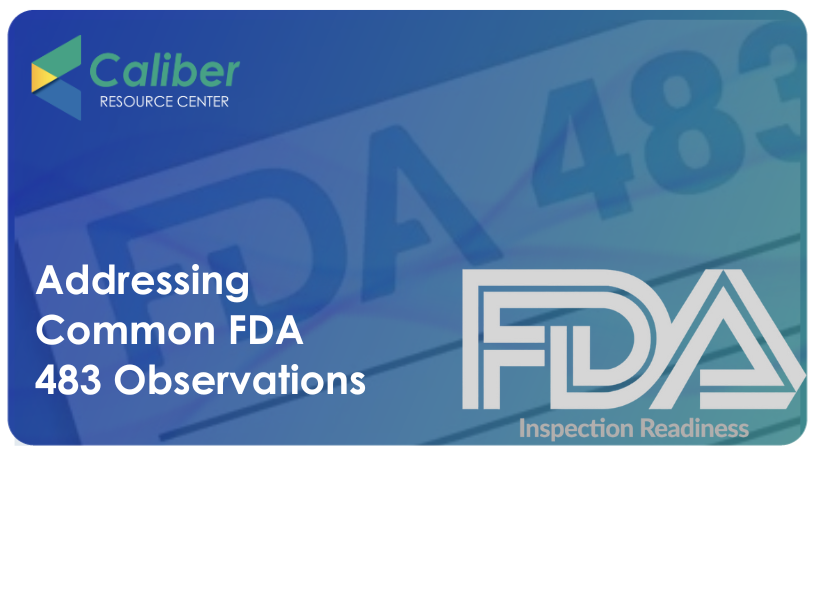What’s Inside
ToggleHandling Out of Specification (OOS) and Out of Trend (OOT) is of utmost importance to the Pharma sector. Pharma companies should be aware of these two terms exhaustively. They need to perform stability tests at regular intervals to find the status of the samples of raw materials, in-process materials, bulk products, and finished products.
Definition of OOS and OOT
Out of specification (OOS) is defined as a result that falls outside the predetermined specifications or established acceptance criteria set by the manufacturer and/or the laboratory. In simple terms, the result of a stability test conducted by a Quality Analyst (QA) should always adhere to the previously established specifications or criteria. The Quality Control (QC) declares the result as OOS if it doesn’t comply with or agree with the given test result criteria. Similarly, out of trend (OOT) is defined as a result that falls outside the trend. QC compares the result of the current test with a set of previous results to check the ongoing trend.
Finding OOS and OOT
The pharma company’s standard operating procedures (SOPs) will lay out steps for investigating a case, an OOT, or an OOS that is traced. In the case of OOS, the Quality Control (QC) personnel will report directly for any of the sample test results going out of the predetermined specifications. However, there are three methods to find OOT. The QC can find if the sample’s test result has gone Out Of Trend (OOT) by:
- a) finding the average of previous readings,
- b) 3 sigma approach, and
- c) checking the high and low range of the previous results.
Challenges with the Manual Process Followed for Tracing OOS and OOT
The process of finding Out of Specification (OOS) and Out of Trend (OOT) through manual procedures is quite a herculean task. It involves a lot of paperwork. The test will first be conducted by a QA and manually noted down. Then, the reviewer receives the test result and reiterates all the steps to suggest the next course of action. He may raise an investigation to find the reason for OOS or OOT.
Another analyst may finally receive the sample for investigation purposes. This analyst also must repeat all the steps of testing and note down everything manually. Thus, leaving a lot of scope for transcriptional errors and compliance issues.
In some companies, the production team may send a batch of raw materials or finished goods for production or sale even before completing the investigation for an OOS or OOT.
This can lead to serious problems when an auditor requests all the investigation documents of OOS or OOT. The auditor can question the reason for taking the next step without stringently complying with the FDA regulations.
CaliberLIMS for Effortless Tracing of OOS and OOT
CaliberLIMS is one of the best LIMS software available for pharma companies to help in the complete automation process. CaliberLIMS pre-validated modules and calculations help the pharma companies to be 21 CFR Part 11 and Annexure 11 compliant easily and efficiently, and help in overcoming all these issues by following the process of automation.
With CaliberLIMS, pharma companies can automate workflows, integrate instruments, and manage samples and other associated information. It allows automating the sample testing process, wherein the analyst can easily submit the test results of batch samples. Therefore, he can avoid the tedious manual result recording process.
Makes it easy for the reviewer to go through the pre-validated testing processes and suggest an investigation in case of OOS or OOT. Sometimes, the analyst also gets direct intimation about OOS or OOT. Thus, it helps the analyst to take the necessary steps without wasting time and effort.
If you are looking to automate your work process without any hassles, click here to know more about CaliberLIMS.






